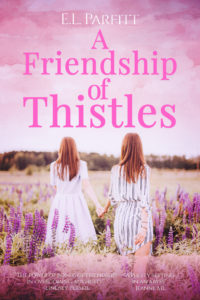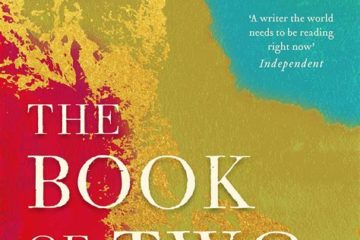Emotional Intelligence is a word banded around a lot these days. My interest in the subject came through stories, and how we connect stories that we hear to our own emotional response.
‘We may ask what is truth in the face of centuries of retelling? The answer lies with experience: as long as a tale is told, it has meaning (truth), will evoke response and can be understood.’(Alida Gersie and Nancy King. Storymaking in Education and Therapy, p.29)
My research
I’ve had to change methods a few times this week as NVivo is not as user friendly, or flexible, as I’d hoped. Coding is complicated. And have you ever noticed how highly complicated emotions are? I have become emersed in lines of text, gone in the wrong direction, realised things weren’t working, and reined myself in to ask: What am I looking for exactly? How can I make this project more specific and manageable? I’ve also been reading up on emotional intelligence (EI).
A definition of emotional intelligence (EI)
EI has been defined by D. Goleman as ‘Being able to motivate one-self and persist in the face of frustrations; to control impulse and delay gratification; to regulate one’s moods and keep distress from swamping the ability to think; to empathize and to hope’ (Emotional Intelligence: Why it Can Matter More than IQ, 1996).
It’s a pretty high order in today’s technology bombarded world when we have to shut things off in order to concentrate on the task in hand.
I believe that EI is crucial to why traditional storytelling is relevant today. The benefits of group storytelling are rooted at a cultural and community level; something many feel we are struggling to maintain in the face of current global pressures and technologies.
Experiments with story or real-world situations?
Neil Frude came up with an experimental concept to focus on one emotion and set up different test groups. This has great potential. It is always great to talk to someone passionate about the same field of study. I considered his idea very carefully before deciding that I wish to focus on testing in real world situations for now: largely because a mixed-method approach may reveal unexpected patterns and themes which can be further explored at a later stage.
Neil Frude and Steve Killick are interested in how stories can be used to help children ‘develop cognitively and emotionally.’ Exposing a child to ‘a threatening storyline’ whilst in the present of a parent or caregiver ‘challenges the child’s sense of security’ and yet allows them to get ‘reassurance’ strengthening their bond with the adult (Family Storytelling and the Attachment Relationship, Psychodynamic Practice 17.4, 2011, pp.441–455).
Much work has been done on attachment theory. If early attachments to a caregiver affect the way we relate to others, then activities such as reading to our children become essential to create a society that we can be proud to live in.
Mixed models
How EI can be tested is still up for discussion. The area is a relatively new one. Bracket et al. did a comparison of methods such as MSCEIT and Bar-On. The first assesses the ability to manage emotions while Bar-On is more of a mixed model, relying on self-reports of competency, emotional ability and personality traits (Relating Emotional Abilities to Social Functioning, Journal of Personality and Social Psychology 91.4, 2006, p.780).
There is much work to be done on the best way to measure EI. Though we can simplify tests to deconstruct the processes involved it is when we reconstruct, and form more complex models, that we get a more complete picture of the emotional and mental skills comprising an individual.
Future directions
One of the future directions Brackett et al. suggests we focus on include the processes involved in interpersonal relationships and social situations: this ties into my hypothesis that storytelling will cause change over time in the emotional intelligence of adolescents. I am trying to discover what changes are taking place and the processes underlying them. I am trying to find meaning in the stories that allow communication between our inner and outer worlds.
Read my book about my final research here!
If you are looking for a book to read about sisterhood and the resilience of friendship check this out:
‘Infallibly, she knew a golden rope had been placed in her hands. She had only, with patience and wisdom, to draw it in.’
(Tanith Lee, The Golden Rope in Red As Blood).



0 Comments